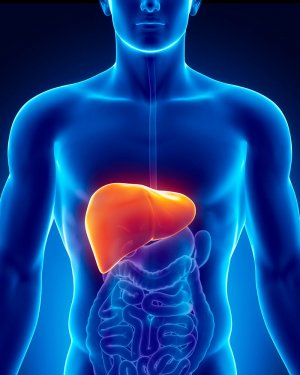
Absolutely not. And one primary (albeit not exclusive) explanation lies in the physiology of the liver. When food gets digested it gets absorbed into the portal system, a fancy network of veins that drain into the liver. This is the body’s primary detox hub and a gateway into the arterial system. The distinction is important: If I squirt 1mg of epinephrine into my mouth I might shake for a moment then go about my day because absorption is heralded by regulation. If I inject the same amount into an artery my heart would [metaphorically] blow up. Poof.

This concept governs carbohydrate physiology because the liver buffers the foods we eat. Lining the cells of our digestive track are enzymes that both break down large complex sugars and facilitate movement into the body. This is called diffusion, and it happens either passively or when the body decides it wants to invest energy into pulling them into the venous circuit as above. What happens next is the premise of this story: Enzymes in the liver recognize and attack simple sugars uniquely. Glucose gets funneled down the full cascade and gets converted into ATP/energy or glycogen for storage based on relative needs. Fructose, by virtue of its diminutive carbon count, bypasses a key regulatory brake in the system (phosphofructokinase) and gets shunted into fat production with enhanced rapidity at high levels. Has anyone heard of a fatty liver? Fat deposition begets insulin resistance which is the primary mechanism of type 2 diabetes. We can thank Mother Nature for this because our bodies are simply less capable of handling certain sugars. This basic concept will become paramount in upcoming discussions on diet/nutrition.

